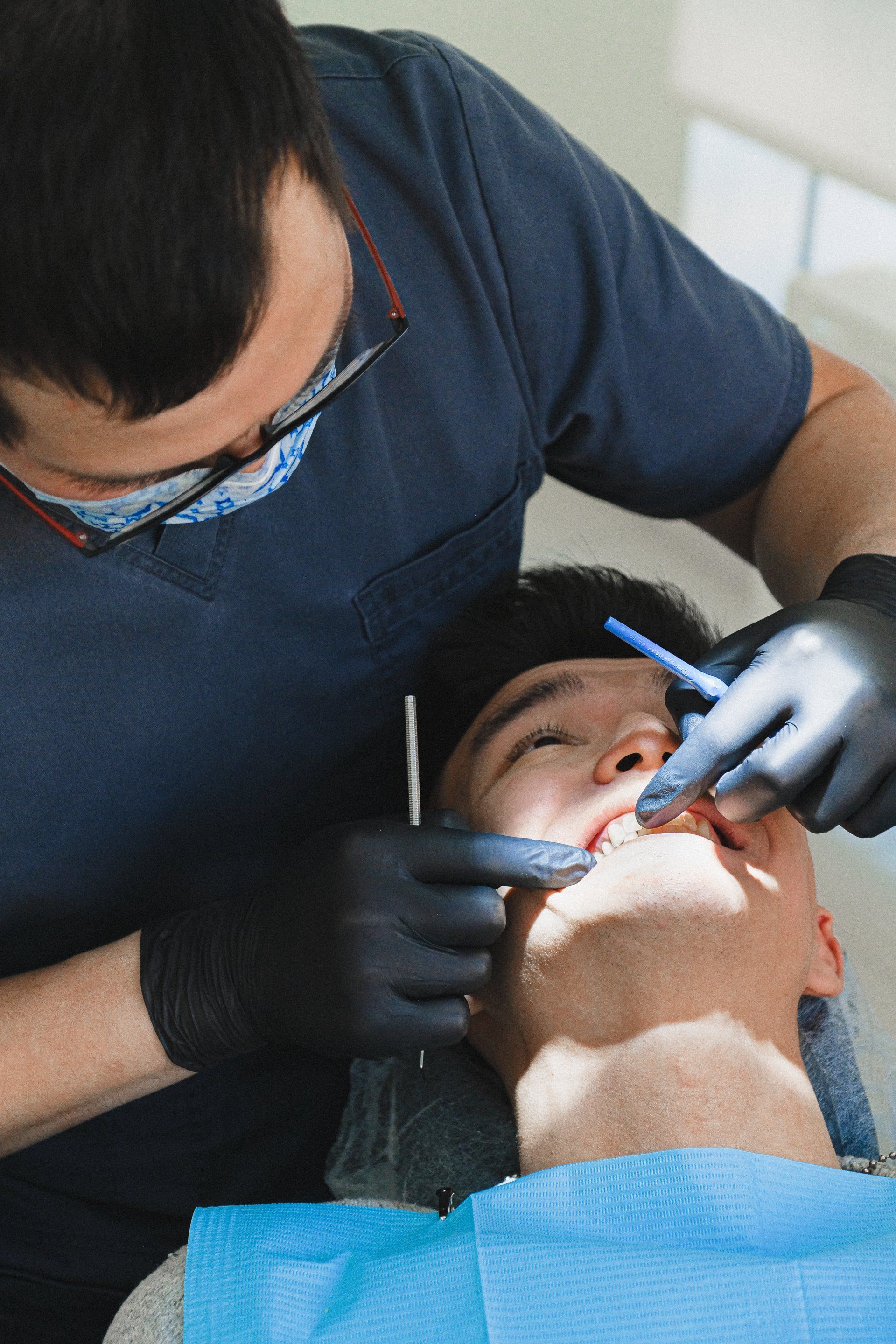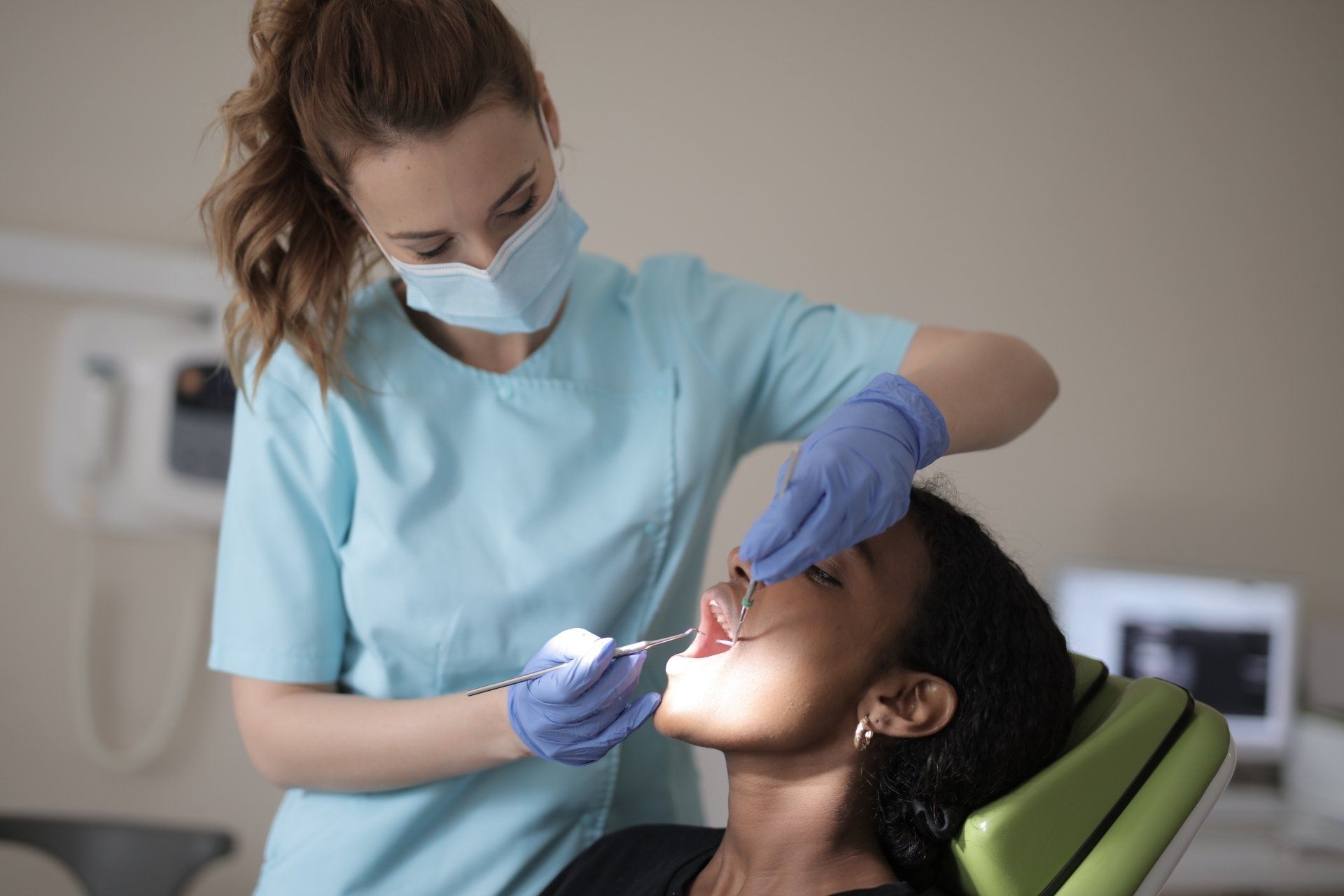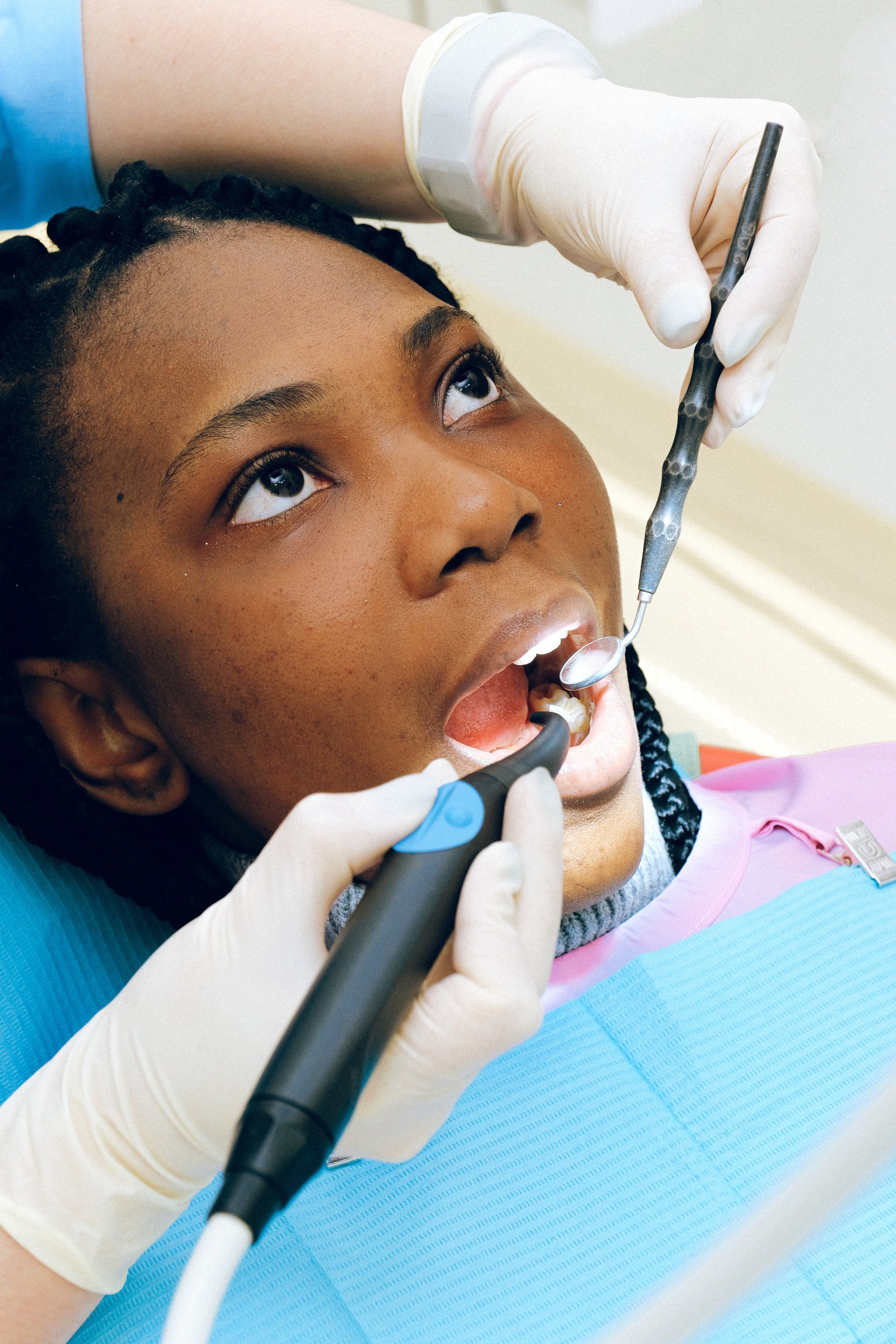Periodontal (Gum) Disease
Learn about periodontal disease
Overview
Periodontal (gum) disease is an infection of the tissues that hold your teeth in place. It's typically caused by poor brushing and flossing habits that allow plaque—a sticky film of bacteria—to build up on the teeth and harden. In advanced stages, periodontal disease can lead to sore, bleeding gums; painful chewing problems; and even tooth loss.
Causes
Our mouths are full of bacteria. These bacteria, along with mucus and other particles, constantly form a sticky, colorless “plaque” on teeth. Brushing and flossing help get rid of plaque. Plaque that is not removed can harden and form “tartar” that brushing doesn’t clean. Only a professional cleaning by a dentist or dental hygienist can remove tartar.
There are a number of risk factors for gum disease, but smoking is the most significant. Smoking also can make treatment for gum disease less successful. Other risk factors include diabetes; hormonal changes in girls and women; diabetes; medications that lessen the flow of saliva; certain illnesses, such as AIDS, and their medications; and genetic susceptibility.
Symptoms
Symptoms of gum disease include:
- Bad breath that won’t go away.
- Red or swollen gums.
- Tender or bleeding gums.
- Painful chewing.
- Loose teeth.
- Sensitive teeth.
- Receding gums or longer appearing teeth.
Diagnosis
At a dental visit, a dentist or dental hygienist will:
- Examine your gums and note any signs of inflammation.
- Use a tiny ruler called a “probe” to check for and measure any pockets around the teeth. In a healthy mouth, the depth of these pockets is usually between 1 and 3 millimeters. This test for pocket depth is usually painless.
- Ask about your medical history to identify conditions or risk factors (such as smoking or diabetes) that may contribute to gum disease.
The dental professional may also:
- Take an x-ray to see whether there is any bone loss.
- Refer you to a periodontist. Periodontists are experts in the diagnosis and treatment of gum disease and may provide you with treatment options that are not offered by your dentist.
Treatment
The main goal of treatment is to control the infection. The number and types of treatment will vary, depending on the extent of the gum disease. Any type of treatment requires that the patient keep up good daily care at home. The dentist may also suggest changing certain behaviors, such as quitting smoking, as a way to improve your treatment results.
Helpful Tips
You can keep your gums and teeth healthy by:
- Brushing your teeth twice a day with a fluoride toothpaste.
- Flossing regularly to remove plaque from between teeth. Or, you can use a device such as a special brush, wooden or plastic pick, or a “water flosser” recommended by a dental professional.
- Visiting the dentist routinely for a check-up and professional cleaning.
- Quitting smoking.

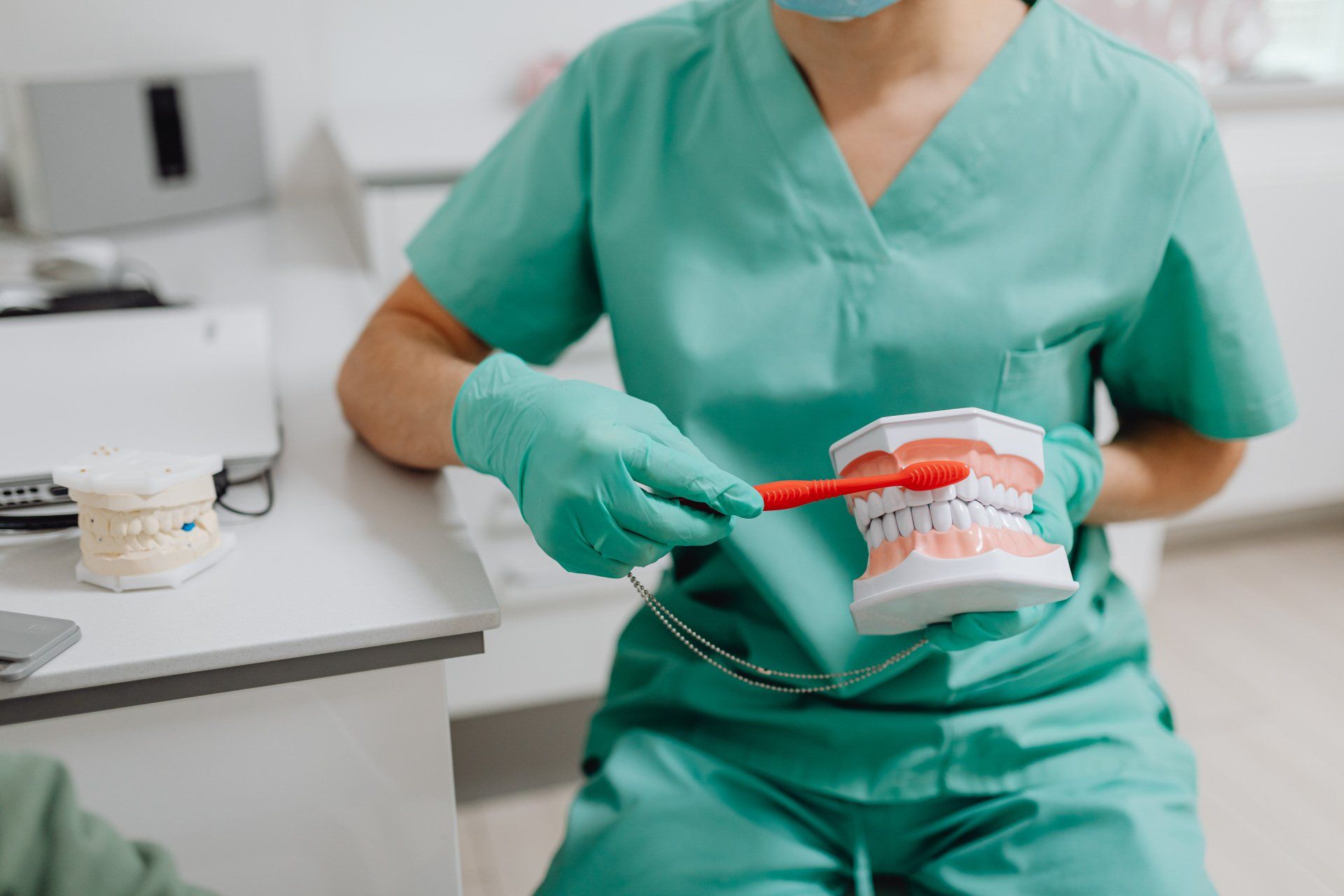
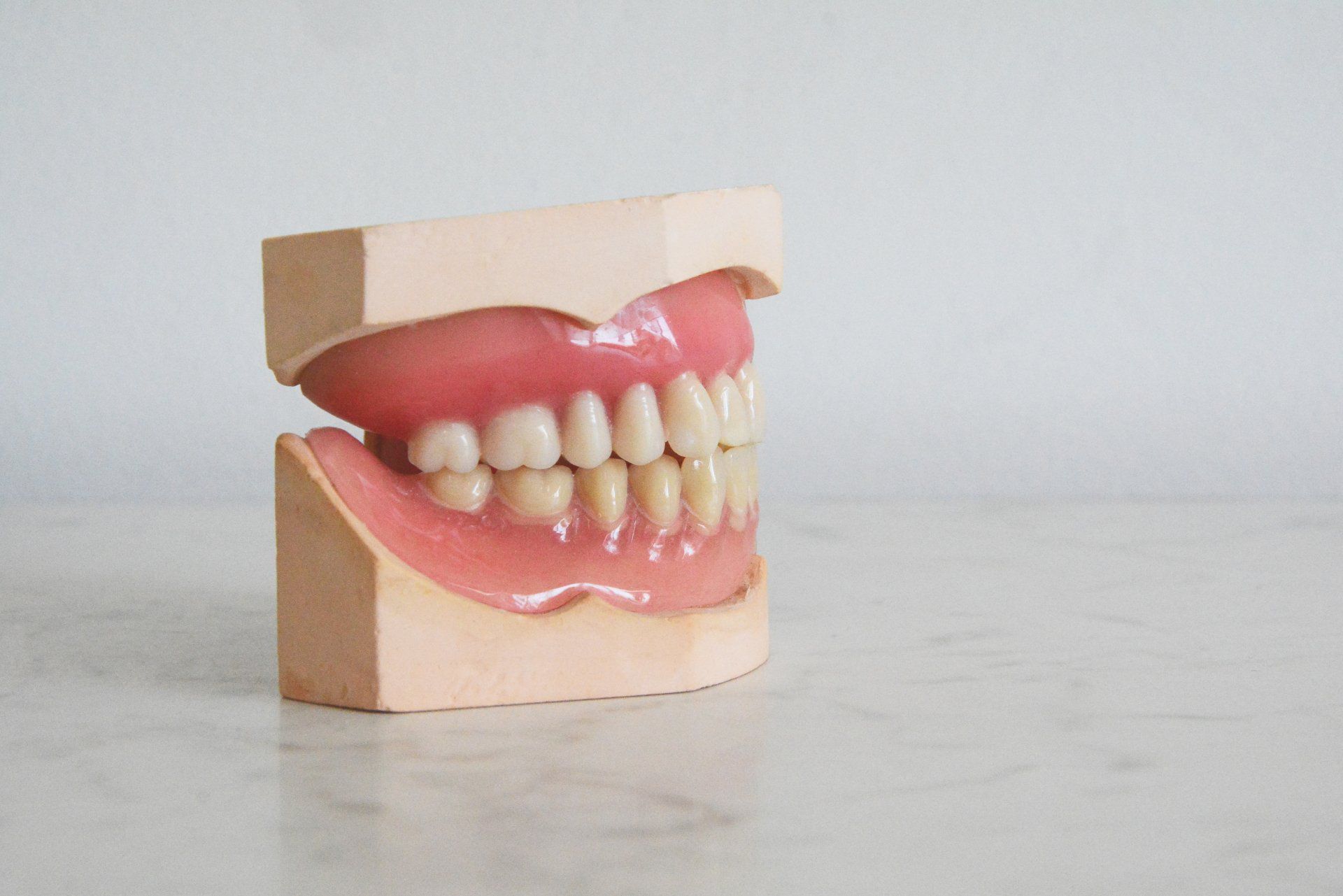
Find Us
10320 Cottonwood Park NW, Suite D
Albuquerque NM 87114
Hours
- Monday
- -
- Tuesday
- -
- Wednesday
- -
- Thursday
- -
- Friday
- -
- Saturday
- Closed
- Sunday
- Closed
2023 Cottonwood Park Dentistry LLC. All rights reserved. Dentist Albuquerque Rio Rancho New Mexico

